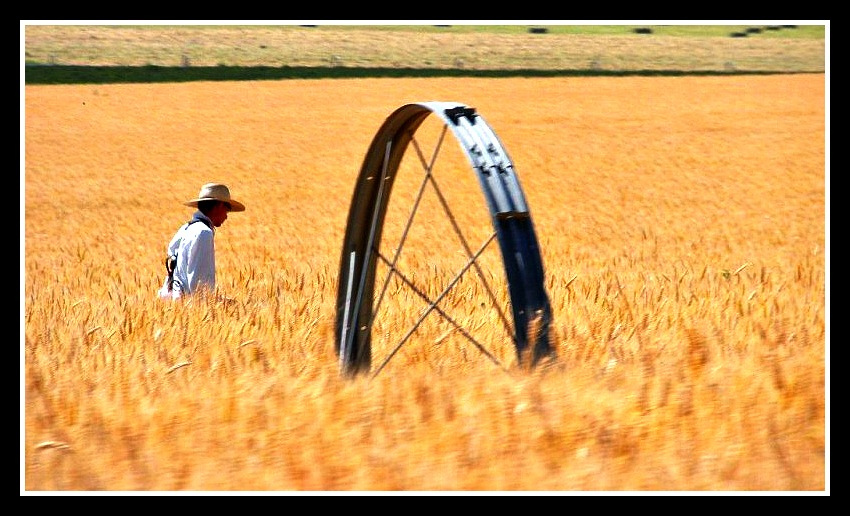I recently visited two Ag Worker Health & Services clinics to learn about health services available for farm workers in Montana. Ag Worker Health & Services operates five permanent clinics in Montana and Wyoming (Billings, Dillon, Fairview, Lolo, and Powell) along with a mobile clinic. Anyone working in agriculture or who has worked in agriculture in the past 24 months is eligible to receive services. Costs for services are calculated based on income, and no one is turned away because they are unable to pay.
One of the ongoing challenges that Ag Worker Health & Services faces is how to make sure that eligible patients know about their services. Disseminating information to a population of workers that move frequently and often work seven days a week is difficult, as is learning about the population and their health care needs. The National Agricultural Workers Survey (NAWS), implemented by the U.S. Department of Labor, collects interviews from a nationally representative sample of farm workers, conducting interviews in the fields. I summarize some findings from the NAWS below to better understand the population of farm workers in the United States, their medical needs, and where they seek medical services.
In fiscal year 2013-14, 4% of farm workers were follow-the-crop workers, 2% were newcomers, 84% had settled in one location, and 10% were shuttle workers (shuttle back and forth between their location of work and their home in Mexico each year). 47% reported that they were unauthorized immigrants. The mean age of farm workers was 38 years old. Table 1 summarizes the shares of farm workers diagnosed with select medical conditions. High blood pressure is the most common.
Table 1. Share of farm workers that had ever been diagnosed with selected health conditions
| Have you ever been told by a doctor or nurse that… | Share of respondents that said yes. |
| You have diabetes | 5.9% |
| You have asthma | 2.5% |
| You have high blood pressure | 8.2% |
| You have tuberculosis | 0.4% |
In fiscal year 2013-14, 62% of respondents said that they had used some type of health care service from doctors, nurses, dentists, clinics, or hospitals in the United States in the past two years. Table 2 shows the kinds of health services farm workers used.
Table 2. Where farm workers receive health care
| The last time you used the health care provider, where did you go? | Share of respondents |
| Community health center | 18.9% |
| Private medical office | 21.7% |
| Healer or “Curandero” | 0.0% |
| Hospital | 6.5% |
| Emergency Room | 0.8% |
| Migrant health center | 1.0% |
| Chiropractor or naturopath’s office | 0.2% |
| Dentist | 12% |
| Other | 1.1% |
| Don’t know | 0.0% |
| No Response | 37.7% |
Table 3 shows how farm workers pay for the costs of health care. Among those that responded, most paid for their last health care visit out of their own pockets. When asked the main difficulties that farm workers face when they want to receive health care in the United States, 26% say that it is too expensive.
Table 3. How farm workers pay for their health care expenses
| The last time you went to a health care provider, who paid most of the cost? | Share of respondents |
| Paid from own pocket | 27% |
| Medicaid/Medicare | 7.6% |
| Public clinic | 5.5% |
| Employer plan | 7.1% |
| Own plan | 5.7% |
| Other plan | 6.9% |
| Combination of the above | 1.1% |
| Billed but did not pay | 0.5% |
| Workers Compensation | 1.1% |
| No Response | 37.7% |
Across the United States, real farm wages are rising, and employers are saying that it is becoming more difficult to find sufficient workers. Agricultural employers will have to find better ways to attract and retain workers, and health care is an important non-wage. Ag Worker Health & Services is an example of how health care services are reaching out to those working in the agricultural sector. In the future, we will likely see more employers helping to connect workers with these and other services.
(Photo by Sadie_Girl is licensed under CC BY 4.0)

